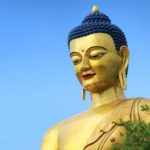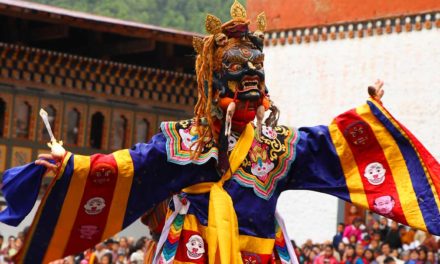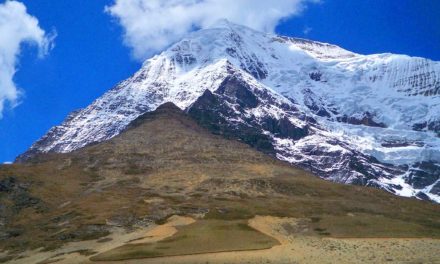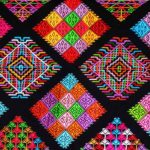
People
Bhutanese people are friendly and hospitable people. The large majority of them are a homogeneous group divided linguistically into three broad sub-groups. Bhutanese people primarily consist of the Ngalops, Sharchops and Lhotsham called the Western Bhutanese, Eastern Bhutanese and Southern respectively. The Ngalops primarily consist of Bhutanese living in the western part of the country. Their culture is closely related to that of Tibet. Much the same could be said of the Sharchops, the dominant group, who originate from the eastern part of Bhutan. The Lhotshampas in the south consist of people speaking Nepali. In modern times, with improved transportation infrastructure, there has been much intermarriage between these groups.
The national language is Dzongkha, one of 53 languages in the Tibetan language family. The script, here called Chhokey (“Dharma Language”), is identical to classical Tibetan. In the schools English is the medium of instruction and Dzongkha is taught as the national language. Ethnologue lists 24 languages currently spoken in Bhutan, all of them in the Tibeto-Burman family, except Nepali, an Indo-Aryan language. The languages of Bhutan are still not well-characterized, and several have yet to be recorded in an in-depth academic grammar.
The literacy rate is 59.5 percent. The country has a median age of 22.3 years. Bhutan has a life expectancy of 62.2 years (61 for males and 64.5 for females) according to the latest data from the World Bank. There are 1,070 males to every 1,000 females in the country.
Ethnic Groups
Bhutan’s society is made up of four broad but not necessarily exclusive groups: the Ngalop, the Sharchop, several aboriginal peoples, and Nepalese. The Ngalop are people of Tibetan origin who migrated to Bhutan as early as the ninth century. The Ngalop are concentrated in western and northern districts. They introduced Tibetan culture and Buddhism to Bhutan and comprised the dominant political and cultural element in modern Bhutan.
The Sharchop (the word means easterner), an Indo-Mongoloid people who are thought to have migrated from Assam or possibly Burma during the past millennium, comprise most of the population of eastern Bhutan. Although long the biggest ethnic group in Bhutan, the Sharchop have been largely assimilated into the Tibetan-Ngalop culture. Because of their proximity to India, some speak Assamese or Hindi.
The third group consists of small aboriginal or indigenous tribal peoples living in scattered villages throughout Bhutan. They include the Drokpa, Lepcha, and Doya tribes as well as the descendants of slaves who were brought to Bhutan from similar tribal areas in India.
The remaining 28 percent of the population were of Nepalese origin. Mostly Hindus, the Nepalese settled in the southern foothills and are sometimes referred to as southern Bhutanese.
Bhutan also had a sizable modern Tibetan refugee population.




